State of the University focuses on challenges, changemakers
On Nov. 30, Oakland University held the annual State of the University Address led by President Ora Pescovitz. The address called attention to challenges OU has encountered and some solutions created, as well as highlighting changemakers in the OU community.
The address started with a performance by the Oakland Chorale, led by professor Michael Mitchell. Dominique Daniel, the coordinator of archives and special collections, then took the stage to talk about the history of OU and discuss the growth of the university.
A video played featured some changemakers on campus, such as Brian Bierley, director of media relations, Jessie Hurse, associate dean of students and deputy title IX coordinator and De Witt S. Dykes Jr., associate professor in the department of history.
“I’m a changemaker because I believe in empowering our students to reach their overall success and getting to the point where they feel like they are accomplished,” Hurse said in the video. “I’m a changemaker because it was just naturally given to me to go out and serve individuals and serve people.”
Pescovitz started her address by remembering the Oxford High School shooting from a year ago and honoring those who have been affected. The majority of the address focused on identifying challenges the university faces, then addressing solutions already in place or those to come.
Some of the challenges and topics discussed were: budget shortfall, enrollment, funding records, brain drain, plans for West Campus, OU-Pontiac initiative and research support.
Enrollment and retention
Enrollment in the fiscal year (FY) 2023 is down 7.2% through fall, with an overall change of -18.4% in enrollment from 2012. The past five years have seen some of the biggest decline, with the total headcount at 16,108 — down from 19,333 in 2017.
Pescovitz stated three reasons for the enrollment decline: a decreasing number of high school graduates, COVID-19 and a growing anti-college sentiment. Despite this, OU is now the sixth largest public university in Michigan, rising from eighth in 2012.
One of the actions in response to this is the Strategic Enrollment Management plan which is already in progress and has a plan through Fall 2025 to increase enrollment. New freshman, transfer and undergraduate/adult learner goals are on track while new graduate student enrollment is not.
Budget shortfall
This year, 74% of OU’s revenue came from tuition, with 24% coming from state appropriations and the final 2% coming from other sources. To coincide with this, 83% of expenditures went to compensation (salaries) and 17% went to supplies, services and other costs.
Pescovitz stated the lower tuition revenue has created a $24 million budget shortfall for FY2023, but provided ways of addressing it.
“We’re using a combination of tactics, including federal HEERF reserve funds,” Pescovitz said. “We’re applying our state appropriation dollars and we are enacting strategic expenditure reductions.”
Reimagining OU
Pescovitz then talked about Reimaging OU, an initiative which looks for ways to improve administration and culture and to create proposals to propel OU. Part of this is the Baldrige process.
“In August, we embarked on the Baldrige process,” Pescovitz said. “The Baldrige Performance Excellence process is a framework to facilitate continuous improvement throughout the university, including in the areas of leadership, strategy, workforce and operations.”
Pescovitz said Reimaging OU has allowed for improvements to administrative efficiency and helped develop a road map for sustainability initiatives, among other things. Baldrige will build on this and aim to foster an improvement mindset.
Funding success
The “Strive for 45” campaign allowed OU to receive the highest percentage increase in funding of all Michigan public universities, with a 12.5% increase compared to the average 3%.
“Our campaign is not only about seeking more funding, it’s also about equity among the other 15 public universities and standing up for the values of higher education and defending our belief in that higher education is at the heart of a democratic society, equal opportunity and progress,” Pescovitz said.
OU has a $30 million science complex capital outlay project which is before the state legislature, and if passed, receiving state funding, OU will be required to bond an additional $10 million to assist the project.
Aligning programs
Pescovitz emphasized her desire for OU to be a workforce university of choice — becoming a place where students go for affordable real world experiences, where the education translates into a good paying job and a broad range of opportunities.
She discussed the brain drain — a trend where Michigan university graduates are leaving Michigan for jobs — noting that OU leads all universities with 86.3% of graduates staying in Michigan. To address workforce shortages, specifically in health care, an initiative called THE BEST was created.
“THE BEST stands for Transforming Healthcare Education by Elevating State-of-the-art Teaching, learning and practice,” Pescovitz said. “I want you to think of THE BEST as a proposal. THE BEST is based on the goal of elevating Oakland as a catalyst in addressing the healthcare needs of people in southeast Michigan and beyond.”
To assist with THE BEST, OU plans to establish West Campus (OWC) as an interprofessional education center which will provide classroom space, a training center and a clinic.
Building alliances & enhancing relationships
OU will receive a $21 million gift from Corewell Health (formerly Beaumont Health Spectrum Health) as a part of their partnership aimed at improving health care. With this gift, OU has a new annual fundraising record of $30 million.
In addition to the annual record, OU is 95% of the way to their $150 million aspire, advance, achieve campaign goal, sitting at $143 million. They also have a 200% increase in research funding from FY2020 to FY2022.
To enhance relationships, Pescovitz discussed the OU-Pontiac initiative and the effects it has had on OU and Pontiac.
“The OU-Pontiac initiative continues to have an extremely positive impact on the city’s education, healthcare, culture, economic development and civic engagement,” she said. “Our faculty, students and staff are working now alongside more than 75 civic, business and nonprofit groups. We are committed to the Pontiac community in what is truly a mutually beneficial partnership.”
Pescovitz ended the address by promoting upcoming events like Keeper of the Dream, and asking everyone to become changemakers who will make OU a great university.
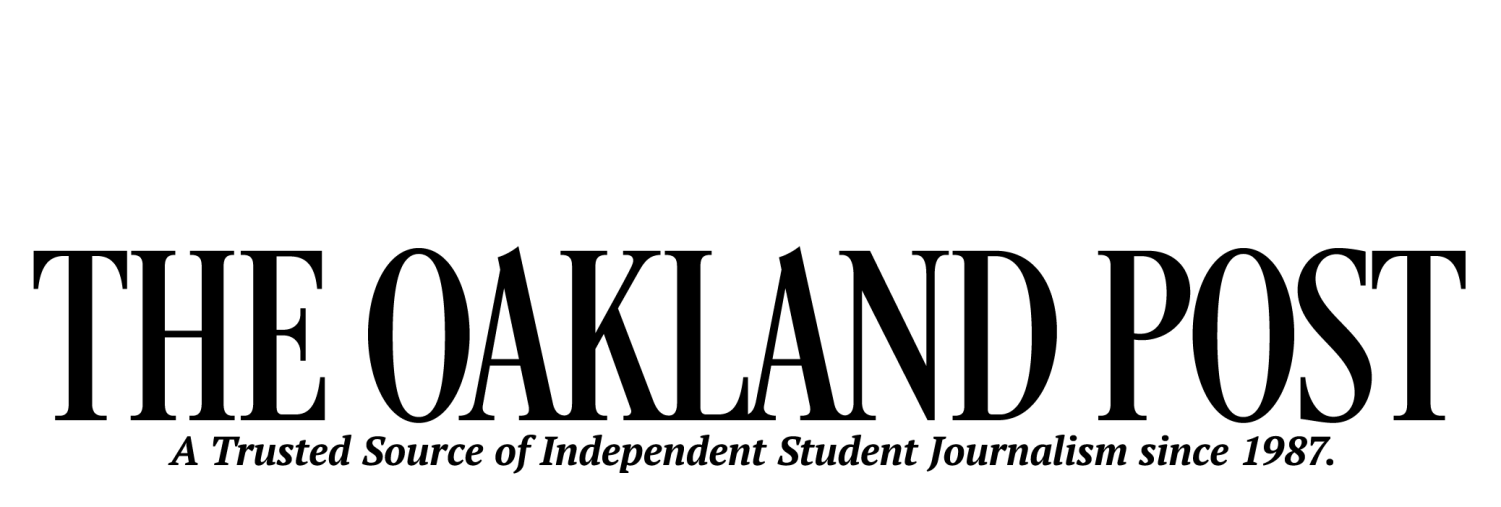

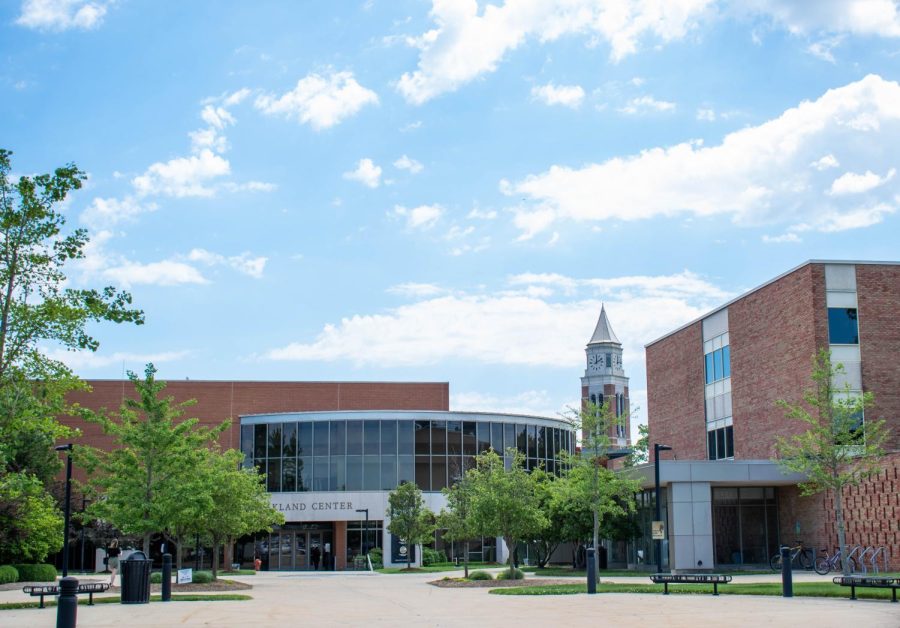
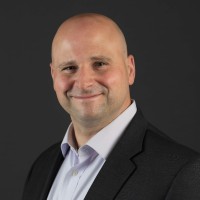
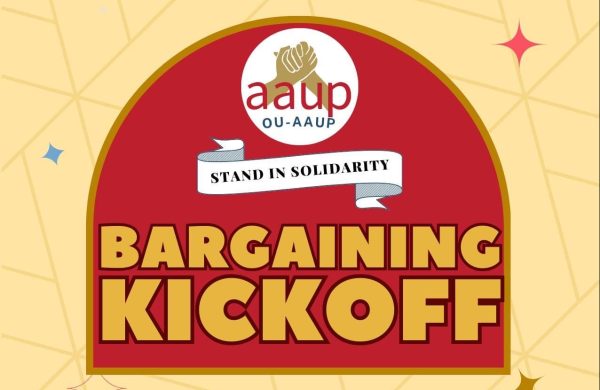


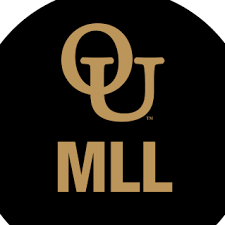

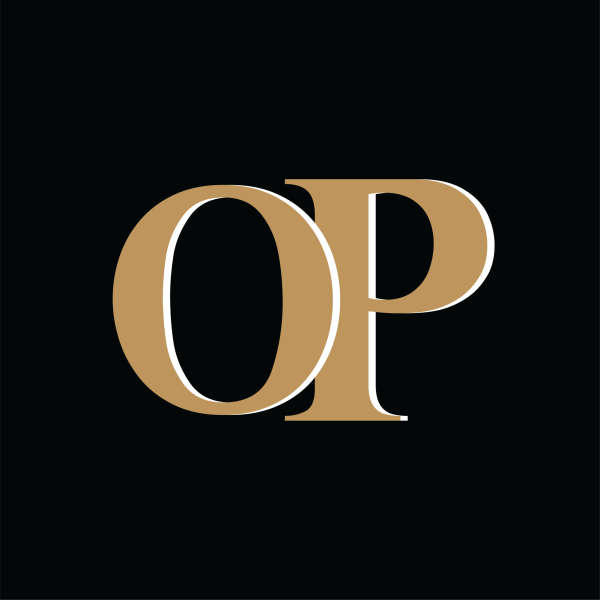
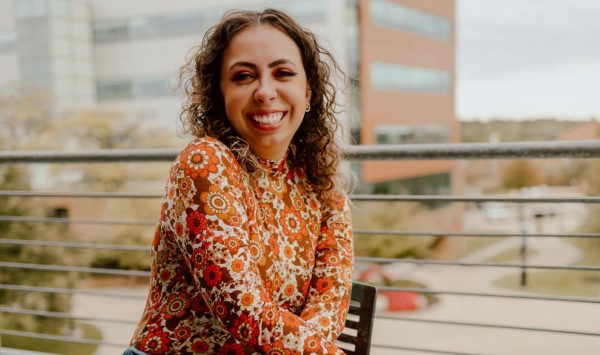

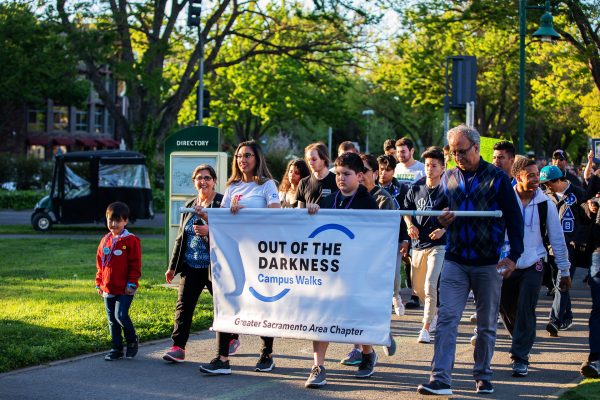

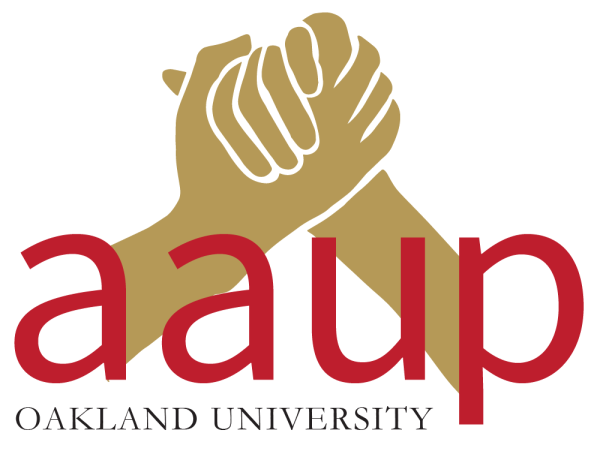


gradstudent • Dec 2, 2022 at 11:52 AM
The budget crisis may be real, but it is also one caused by the decision to spend money on a new building that we did not need. It was purchased to house a PA program that promises big things, but which so far is a dud. Just recently the dean of health sciences admitted that they will delay starting by a year. This is a major setback, but nobody acknowledges fault. Put this another way, we are making cuts to fund a pipe dream of the president and provost. If it should fail, let us remember who was at the helm when the decisions were made. The PA program and new building are Ora’s legacy. Let’s not forget that…or let her forget that.
Also, note that Ora gave herself a massive raise and bonus this year.
Studenttt • Dec 1, 2022 at 1:55 PM
The state of the university is apparently student less. Overall, students were seemingly absent from the President’s speech. 74% of revenue came from student tuition, yet they didn’t invite students. Why is that? Are we hiding from students? If students are the major funding of this University and you are ignoring them, that’s a problem. Your enrollment gap isn’t because of Michigan’s aging population, it’s cause you ignore students and they leave the University. New student enrollment has actually increased, unfortunately students realize how bad it is here and leave.
students • Dec 1, 2022 at 1:55 PM
How can we have both a $24 million shortfall and $30 million in donations along with more funding from the state of MI and the federal government? Something doesn’t add up. Maybe enrollment and retention would increase if you weren’t trying to build a hotel on campus. No one wants to attend a university that so blatantly ignores students. Also, were students even invited to this event? Yet another example of students being ignored…
yousef • Dec 1, 2022 at 10:15 AM
Perhaps you can offer something of value to those whom you serve. The educational opportunities gained at Oakland do not extend outside of Michigan. That is we are a school with no clout outside of our local area.
The actual education provided by OU is nothing unique compared to other universities. it is not like Kettering which has Co-op programs or UM Ann Arbor that has a cult of alumni and international recognition. Ask yourselves how do we differentiate ourselves from other universities in the state of Michigan? How can we leverage the value we have to position ourselves for future success?
From my perspective the major strategic advantage offered by OU is the location of the campus. It is positioned right at the cross roads of I75, M59, Woodward, and telegraph. This makes commuting easier in a major metropolitan area of the state. So how do you capture as many students from oakland, wayne, or macomb counties and stop them from choosing SVSU GVSU UM -Flint MSU EMU WMU and others?
You have to ask yourselves why people are going to college and how can you as a university offer the greatest value to those choosing college.